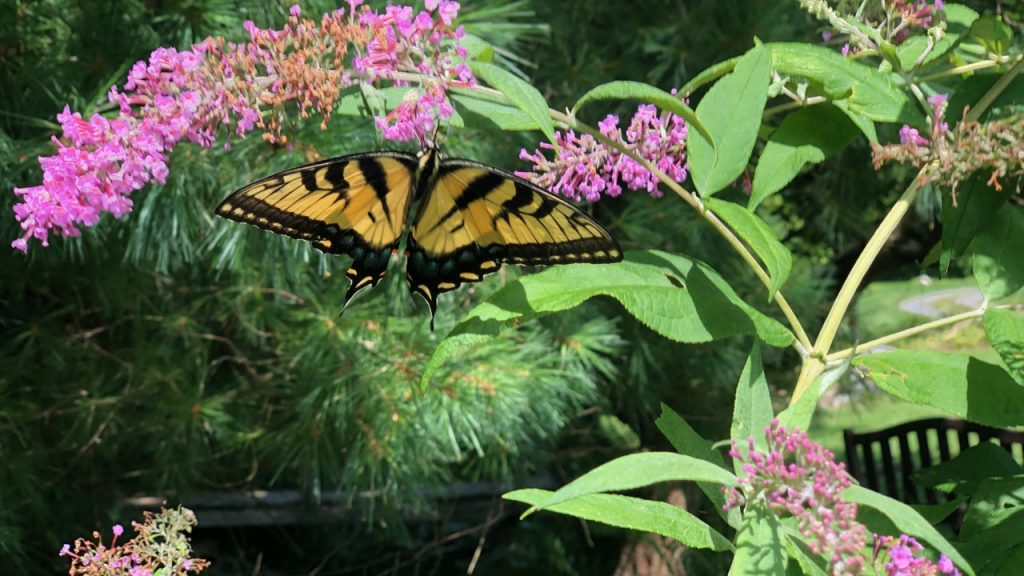It’s been a while since I’ve posted. I’ve been up in the mountains for a few years working on other projects that have given me little time to blog about my three boys. I’m now back and looking forward to sharing new stories on how I try and promote creativity by shaping small learning opportunities at home.
For the most part, this blog has focused mainly on content about my eldest son. As my firstborn, I had a lot more time to engage him in creative activities while Mommy worked on the weekends. Once the second and third boys arrived, and I transitioned into a mid-career professional time became more challenging. I now have sports and extra-curricular activities to contend with; I have intense sibling rivalry, making it difficult to partake in collaborative tasks. If I record a video with my eldest, my middle boy demands a video, which is soon followed by my youngest – who’s three, by the way.
See Also: Daddy’s Day Out: Creativity is about making connections
Consequently, with increased time, I’m hoping to establish a schedule that allows me to engage my boys at the individual level. Today, I felt like I began this journey by taking my youngest to a small farm not far away from our home in Connecticut. He’s recently taken an interest in nature. I suspect this has come about from his oldest brother, who loves flowers, plants, and animals almost as much as his iPad, and parents. However, the walk itself, and focus on insects, was initiated during a one and one reading session that took place a few days before. This article reflects this experience, intending to highlight how we can shape small learning opportunities that take place in the home.
REFLECTION OF EVENTS
- Read a book about bugs
- Engaged in a discussion based on questions initiated from pictures
- Focused questions on interests of the child
- Continued discussion about insects during the week
- Went on a walk to find insects
- Reviewed pictures of the insects we found
These short learning events combine into a somewhat formal education experience that occurs as a consequence of sustained parent/child interaction. It is these types of experiences that can help shape the small learning opportunities that take place in the home.
During the week, we read a book about bugs—no scrap that. We didn’t read a book about bugs. The book was a pop-up book that made sounds and didn’t have many words. What’s great about these books is they facilitate discussion between parent and child – something we know from the learning sciences is crucial for human development. As part of our conversation, I was able to identify his interest in butterflies, his fear of bees, and recognize he was ready to identify some of the characteristics of insects. We counted the legs and looked for the antenna, but skipped the three-body part characteristics because I felt it would be a little too much. My goal was to present insects as a subgroup of bugs.

Don’t forget to Follow us on Facebook!
This little antidote is helpful because it highlights the decisions I made as a parent educating my child within that experience. The pictures and pop-up features of the book initiated questions he had about bugs. In my responses, I was able to test his existing knowledge while introducing him to new information about insects. Information I controlled based on what I felt was relevant to his questions. For those of you who are familiar with the learning sciences, you’ll probably now thinking Vygotsky, scaffolding, and possibly the zone proximal development. However, the key take away from this story is the importance of child and adult interaction when storytelling, and how engagement in these discussions can shape learning opportunities at the home.

A picture of my eldest taken during a similar walk when he was young. His love and curiosity for the Earth Sciences is still as strong today.
As I referenced in the opening, I took my youngest to a farm to look for insects. We took our insect box and went on the hunt. It quickly brought back memories of when I did the same activity with my eldest. I didn’t do this activity with my middle boy, because he never expressed the same interest in nature. Children are different, but today’s visit was a deliberate visit to build on the conversation we had during the week. It’s about connecting the dots as we promote curiosity and learning at home. Sometimes we may decide what we want to expose our children to in the world, but other times we should listen to their questions and let their curiosity dictate the experiences we offer.
Later that night, we reviewed some of the photos we took during our walk. I also showed him the pictures of similar walks I had with my eldest, which hopefully gives me some brownies points in the future when it comes to discussions about “I loved him more.” (For the record, I love all three of you the same. Only as a parent can you understand that!).
As I write this, I hope my youngest takes up the same interest in butterflies. My eldest and I generated some fun stories raising butterflies when he was young. Repeating the same experience with his youngest brother would be great. Only time tell, but he did ask me to snap the picture below, which he described as a “beautiful butterfly” I only wish he had also referred to it as an insect! Here’s to Learning at Home: Shaping small learning opportunities.


1 comment
[…] See Also: Learning from Home: Shaping Small Education Opportunities […]